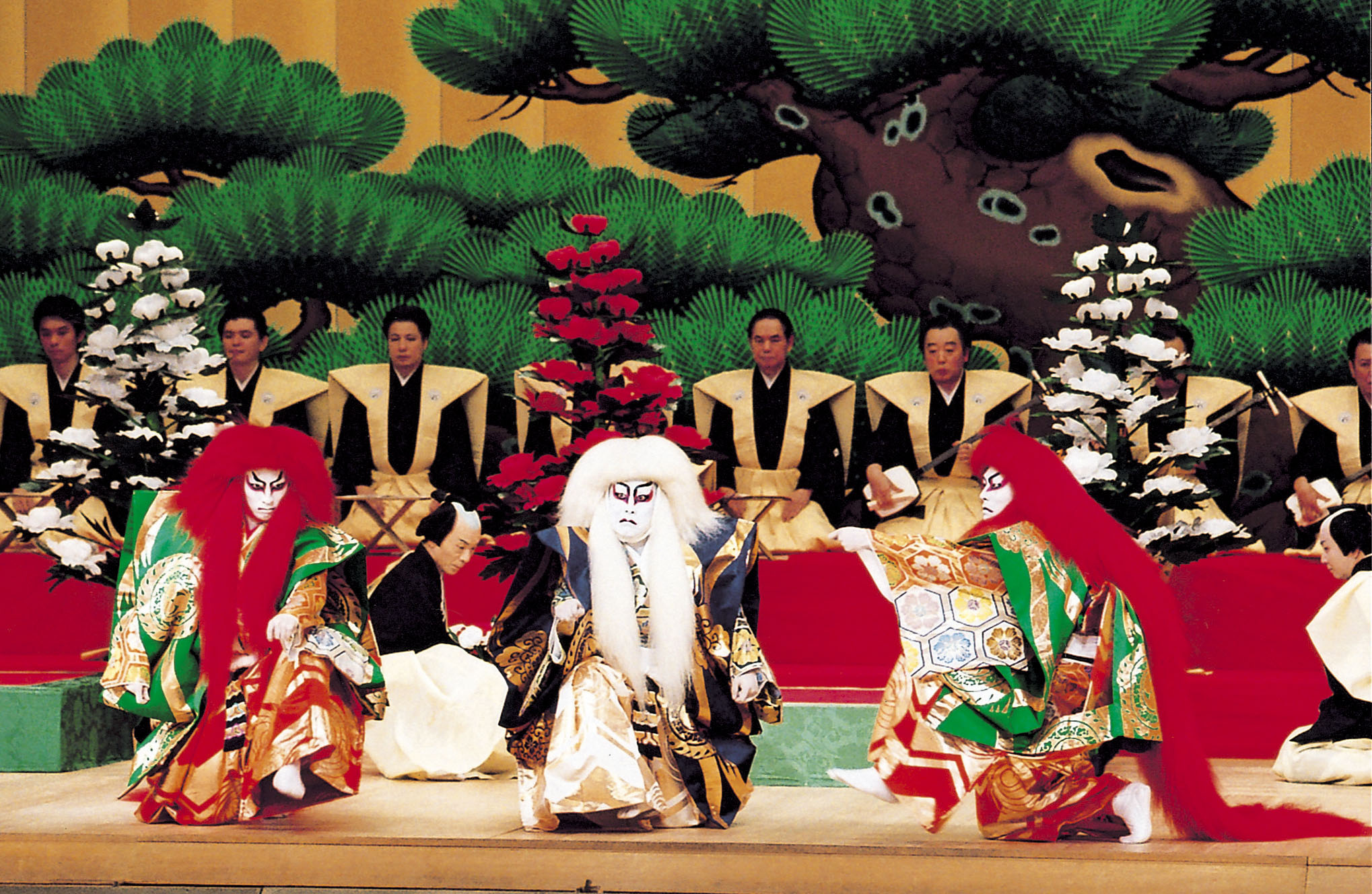It can be said that Japanese culture has become intrinsically linked with Zen. First introduced to Japan around the 7th century, Zen ideology spread rapidly throughout the 12th century, a time known as the Kamakura period. Zen generally refers to a meditation practice derived from Buddhism, and its influences can be found throughout daily life in Japan.
Read MoreThe three syllables that make up the word “kabuki” (歌舞伎), mean “music”, “dance”, and “acting”, respectively. The whole word itself comes from an archaic verb kabuki, which means “to incline”, and references the actors' flamboyant clothes and actions. Since the kabuki’s founding, spectators were well aware that this new type of theater would be a strong deviation from noh traditions.
Read MoreIn recent years, the Japanese katana (sword) has become increasingly popular with the re-acknowledgement of its value as a work of art. We would like to introduce our readers to a short article on the history and process behind creating these cultural treasures.
Read MoreBelieve it or not, the original geisha hardly resembled modern geisha in any way. The first geisha were actually male, appearing around the year 1730. It was only about 20 years later that female geisha began to appear in the forms of odoriko (踊り子, meaning dancers) and shamisen players, and they quickly took over the profession, dominating it by 1780.
Read MoreTokyo’s geisha culture is one that is rich, yet virtually unknown by many. With six hanamachi (花街, Japanese geisha districts) and hundreds of years of history, there is much to experience in this hidden culture.
Read MoreThe Edo period (the 17th to mid-19th centuries) greatly shaped Japanese architecture. Simple, dignified, and beautiful; the structures created during this time can even be seen today, inspiring architecture around the world.
Read MorePopular culture has long portrayed samurai as warriors who fought in a fury of sword fighting and elaborate maneuvers, but behind that is a long-standing philosophy that influenced them - that of bushidō (武士道), which was a code of ethics to be followed.
Read MoreWith what we are facing on a global level, it is more important than ever to pay attention to how we approach health and hygiene - not only for our own safety, but also for those around us. While many of us are struggling with various policies and restrictions currently implemented, it might be a good chance to take a step back and reconsider our general hygiene practices and etiquette.
Read More“Irasshai!” Customers are greeted by the Japanese word for “welcome” as they enter a traditional sushi restaurant. They are led to the counter seat, and decide to do “omakase,” leaving the responsibility of choosing the selection of fish to the chef. The chef knows best; which order to eat, what fish is in season, and which fish is especially good on that particular day.
Read MoreThe art of bonsai has existed for well over a thousand years. In China, the art of creating miniature landscapes, called penjing, has mythological origins dating back to as early as the 3rd century AD. The process of growing miniature trees from source specimens is thought to have begun in Japan in the 7th century AD when Japanese Buddhists returning from China brought source plantings back with them.
Read MoreThe traditional Japanese wedding (Shinto wedding, also referred to as the shinzen shiki wedding) actually originated from the wedding ceremony of the Taisho Emperor more than a century ago. Ever since, the style of wedding has been adopted even by commoners, and became the “traditional Japanese wedding” that we know of today.
Read MoreNumber one on the "top 10 places to go" list in Japan in TIME magazine online, the Tsukiji Fish Market definitely has its own charms that all fish lovers (and even those less attached to sea creatures), should not miss out on. We have provided this short guide to visiting and enjoying the Tsukiji Fish Market.
Read MoreSoft, translucent, and durable, traditional Japanese paper, called washi (“wa” literally means Japanese and “shi” means paper) boasts a history of over 1300 years and is still very much a part of daily life in Japan. In fact, Washi was registered as a UNESCO Intangible Cultural Heritage in November of 2014. What makes this type of paper unique and loved both in Japan and around the world?
Read MoreShodō (Japanese calligraphy) is not merely an form of art, but a way of life, complete with its own set of philosophies. In Japan, shodō is practiced by people of all ages and occupations, from primary school students to the elderly. As a long lived Japanese tradition deeply integrated in the everyday lives of the people, Shodo offers a unique window in Japan's profound culture and long lasting philosophies.
Read MoreGoing to a sumo wrestling tournament is a great way to experience traditional Japanese culture. Sumo wrestling is the national sport of Japan, and it goes back thousands of years. Originally part of a religious ritual, it has now evolved into a fascinating sport and industry, drawing visitors to tournaments from across the globe.
Read MoreJapan has four seasons, and the people of Japan traditionally have had numerous ways to enjoy each of them. They place great importance on the progression of the four seasons, and have developed their culture and leisure activities around it. The ancestors of today's Japanese population thought up numerous special ways to escape the summer heat.
Read MoreWelcome to TOKI's Library! It is here that we have compiled information about Japanese culture in a series of articles!
Read More

















